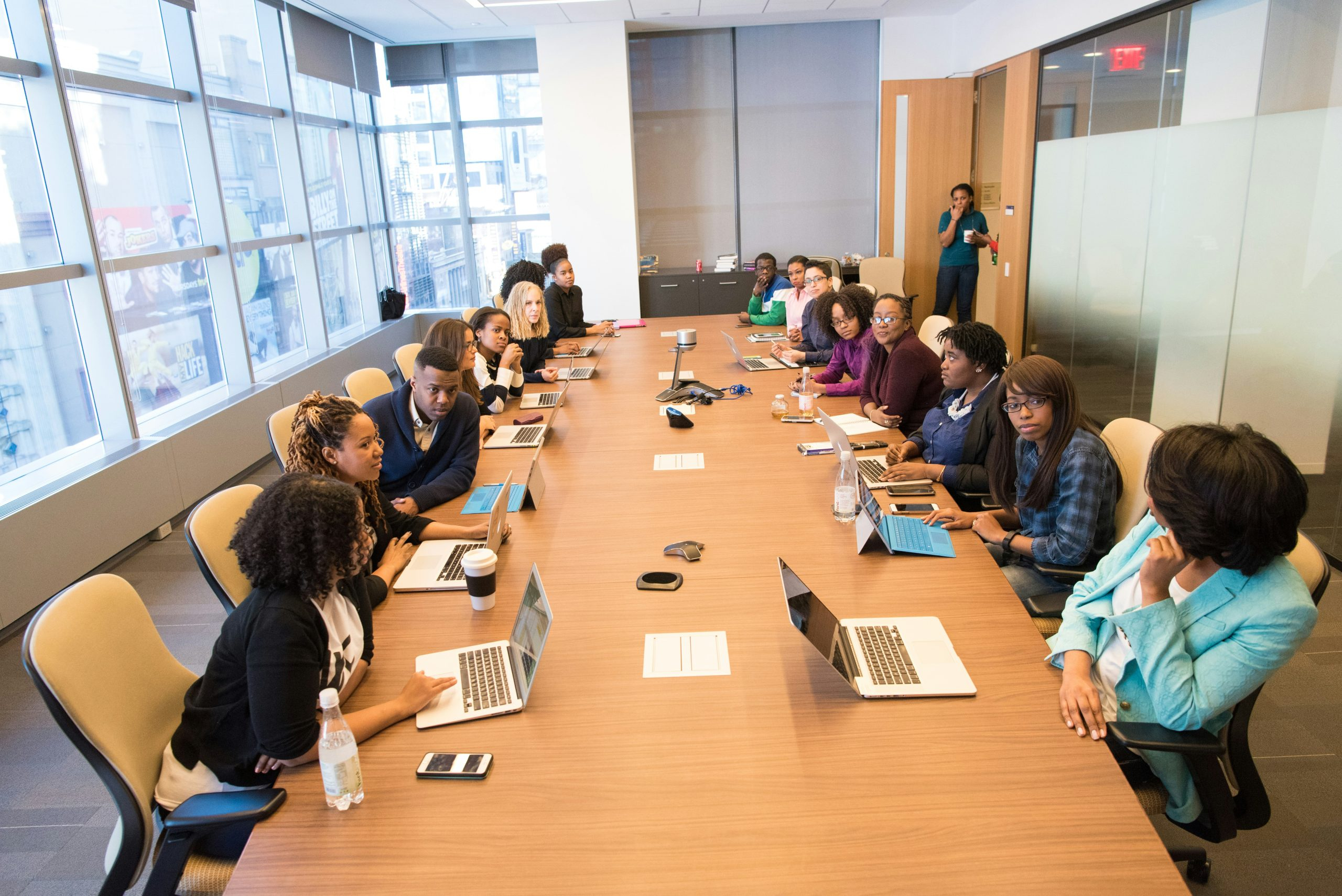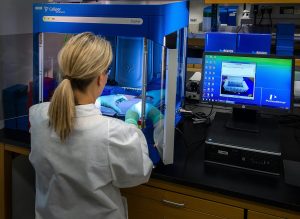The Psychology of Workplace Creativity and Innovation
In today’s fast-paced and competitive world, workplace creativity and innovation have become essential for businesses to thrive and stay ahead of their competition. Companies are constantly seeking new and innovative ideas to improve their products, services, and processes to meet the ever-changing demands of their customers. However, have you ever wondered what drives creativity and innovation in the workplace? It turns out that the answer lies in the psychology of the employees. In this article, we will explore the various psychological factors that influence workplace creativity and innovation and how organizations can tap into these factors to foster a creative and innovative environment for their employees.
The Importance of Workplace Creativity and Innovation
Before we delve into the psychology behind workplace creativity and innovation, let’s first understand why they are crucial for businesses. Creativity is the process of coming up with new and novel ideas, while innovation is the implementation of these ideas to create value. Both creativity and innovation play a vital role in the growth and success of an organization. Here’s how:
1. Competitive Advantage
In today’s highly competitive market, businesses need to continuously innovate to stay ahead of their competitors. Companies that foster a culture of creativity and innovation are more likely to come up with unique and groundbreaking ideas that give them a competitive advantage.
2. Increased Productivity and Efficiency
When employees are encouraged to be creative and think outside the box, they are more likely to come up with efficient and effective solutions to problems. This can lead to improved productivity and efficiency in the workplace.
3. Employee Engagement and Satisfaction
A workplace that promotes creativity and innovation is also likely to have higher levels of employee engagement and satisfaction. When employees feel that their ideas are valued and they are given the freedom to be creative, they are likely to be more motivated and satisfied with their work.
The Psychology Behind Workplace Creativity and Innovation
Now that we understand the importance of workplace creativity and innovation let’s take a look at the psychological factors that drive them.
1. Motivation
Motivation is a key driving force behind workplace creativity and innovation. Employees need to feel motivated to think creatively and come up with innovative ideas. This motivation can come from various sources, such as challenging work, recognition and rewards, and a supportive work environment. When employees are motivated, they are more likely to take risks and think outside the box.
2. Psychological Safety
Psychological safety refers to a work environment where employees feel comfortable taking risks and expressing their ideas without fear of judgment or criticism. When employees feel psychologically safe, they are more likely to share their innovative ideas and contribute to the organization’s growth.
3. Diverse Perspectives
Having a diverse workforce can significantly impact workplace creativity and innovation. When employees from diverse backgrounds come together, they bring different perspectives and ideas to the table. This can result in a more creative and innovative work environment.
4. Autonomy
Giving employees the autonomy to work on their ideas and make decisions can also enhance workplace creativity and innovation. When employees feel they have control over their work, they are more likely to take ownership and put in their best effort to come up with innovative solutions.
Practical Strategies for Fostering Workplace Creativity and Innovation
Now that we have a better understanding of the psychological factors that drive workplace creativity and innovation, let’s look at some practical strategies that organizations can implement to foster these qualities in their employees:
1. Encourage Brainstorming Sessions
Organize brainstorming sessions where employees can come together and share their ideas. These sessions should be open and judgment-free, allowing employees to freely express their thoughts and opinions.
2. Provide Resources for Learning and Development
Offer employees the resources and opportunities to learn and develop new skills, which can help them think more creatively. This can include providing access to workshops, training programs, or online courses.
3. Create a Supportive Work Environment
A supportive work environment is crucial for fostering workplace creativity and innovation. This includes providing employees with the necessary tools, resources, and time to work on their ideas without being tied down by strict deadlines.
4. Recognize and Reward Creativity
Organizations should recognize and reward employees who come up with creative and innovative ideas. This can be in the form of bonuses, promotions, or even simple gestures like a public recognition of their efforts.
5. Foster Collaboration
Collaboration among employees from different departments and teams can lead to the generation of unique ideas and innovative solutions. Organizations should encourage cross-functional collaboration to foster workplace creativity and innovation.
Conclusion
The psychology of workplace creativity and innovation is complex and multifaceted. However, by understanding the various psychological factors that drive these qualities in employees, organizations can create a culture that nurtures and supports them. By implementing the practical strategies outlined in this article, organizations can create a work environment that promotes creativity and innovation, leading to their success and growth in today’s highly competitive market.











